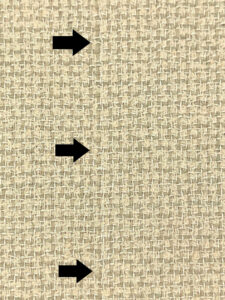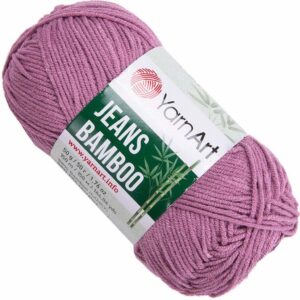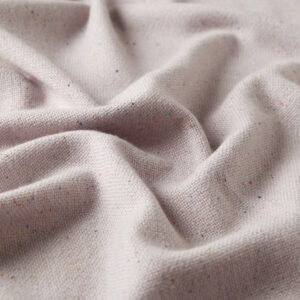Does Wool Shrink When Mixed with Satin?
Fabric compatibility is a crucial consideration in fashion and sewing, as it influences the final product’s appearance, durability, and care requirements. Wool and satin are two popular fabrics, each with unique characteristics. In this article, you’ll learn whether these fabrics can be successfully combined and how to manage any potential challenges.
Compatibility Analysis
Does wool shrink when mixed with satin? The answer is both yes and no. Wool is known for its tendency to shrink if not handled correctly, while satin’s behavior depends on its fiber composition. The compatibility of wool and satin depends on several factors, including texture, weight, stretch, care requirements, and durability.
Wool is a natural fiber known for its warmth, elasticity, and ability to retain shape. It is generally heavier and has more stretch compared to satin, which can be made from silk, polyester, or nylon. Satin has a smooth, glossy finish and is lightweight. When mixing these fabrics, care instructions and texture differences must be considered to prevent issues like shrinkage or distortion.
Fabric Properties Comparison Table
| Property | Wool | Satin (Silk) | Satin (Polyester/Nylon) |
|---|---|---|---|
| Fiber Content | Natural | Natural | Synthetic |
| Weight and Thickness | Medium to heavy | Light | Light to medium |
| Breathability | High | Moderate | Low |
| Moisture-Wicking | Excellent | Moderate | Low |
| Stretch and Elasticity | High | Low | Low |
| Wrinkle Resistance | Moderate | Low | High |
| Care Instructions | Dry clean or cool wash | Dry clean or hand wash | Machine wash |
| Durability | High | Moderate | High |
Benefits of Mixing These Fabrics
Combining wool and satin can enhance texture and visual interest, offering a unique contrast between wool’s matte finish and satin’s sheen. This pairing can improve comfort and performance, providing warmth from wool and a smooth feel from satin. The combination also offers better drape and movement, especially in garments like skirts and dresses. Additionally, mixing these fabrics can be cost-effective and versatile across seasons, expanding design possibilities in both fashion and home decor.
Potential Challenges
When combining wool and satin, different shrinkage rates can be an issue. Wool may shrink more than satin, especially during washing. Their conflicting care requirements also pose challenges; wool typically requires dry cleaning, while satin may need gentle hand washing. Texture clashes, pilling, seam puckering, and color bleeding or fading are other potential problems. Practical solutions include pre-washing fabrics, using compatible threads, and employing appropriate interfacing.
Sewing & Styling Tips
When sewing wool and satin together, use a universal needle size 70/10 or 80/12 and a polyester thread for durability. Interfacing and stabilizers can help manage texture differences and improve seam stability. French seams or serged edges are ideal for finishing. Choose patterns that capitalize on the drape and movement of both fabrics, such as bias-cut dresses or skirts. For styling, balance the heaviness of wool with the lightness of satin in layered outfits or home decor items like cushions.
Care & Maintenance Guide
For a wool-satin blend, wash the garment in cold water on a gentle cycle or hand wash. Air drying is recommended to prevent shrinkage. Iron on a low setting for satin and use a pressing cloth for wool. For stains, treat wool with gentle wool-safe products and satin with a mild detergent. Long-term care includes storing garments in a cool, dry place to prevent damage.
FAQ Section
-
Can you wash wool and satin together?
- Yes, but use cold water and a gentle cycle to minimize shrinkage and damage.
-
Will wool shrink more than satin?
- Typically, yes. Wool is more prone to shrinkage due to its natural fibers.
-
What needle size should I use for sewing these fabrics together?
- A universal needle size 70/10 or 80/12 is recommended.
-
Can you mix wool and satin in one garment?
- Yes, but consider the design and care requirements to ensure compatibility.
-
How do you prevent fabric issues when combining these fabrics?
- Pre-wash fabrics, use compatible threads, and choose appropriate interfacing.
-
Is it okay to mix wool and satin for upholstery?
- It’s possible, but consider the durability and care requirements for heavy use.
-
What’s the best way to finish seams with these fabrics?
- French seams or serged edges provide a clean finish and prevent fraying.
By understanding the properties and compatibility of wool and satin, you can create beautiful, functional designs that stand the test of time. Whether for fashion or home decor, this fabric pairing offers endless possibilities.



Leave a Reply